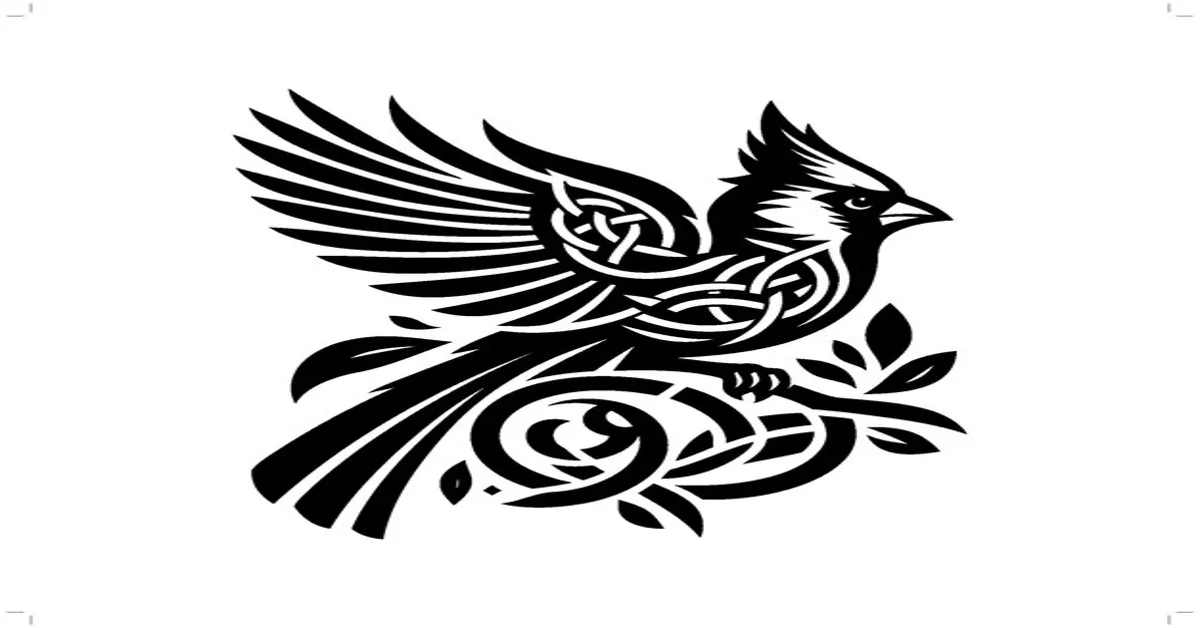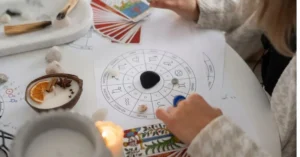The phoenix tattoo is one of the most powerful and symbolic tattoo designs in the world. This mythical bird, known for its ability to rise from its own ashes, represents rebirth, transformation, strength, and resilience. With deep historical and cultural significance, the phoenix is a popular choice for those looking to mark a significant life change or symbolize personal growth.
In this article, we will explore the history and meaning of the phoenix tattoo, different design variations, popular placements, and essential tips for getting one. Whether you’re looking for a small minimalist phoenix or an elaborate full-back design, this guide will help you make an informed decision.
What Does a Phoenix Tattoo Symbolize?
The phoenix tattoo carries profound meanings, making it a favored choice for individuals looking for an inspiring and personal design. Some of the most common symbolisms include:
- Rebirth & Renewal – The phoenix rises from ashes, symbolizing new beginnings and personal transformation.
- Strength & Resilience – It represents the ability to overcome challenges and emerge stronger.
- Immortality & Eternal Life – The phoenix’s cycle of death and rebirth signifies eternal existence and regeneration.
- Triumph Over Adversity – Many choose a phoenix tattoo to mark victories over difficult circumstances, such as illness, addiction, or personal struggles.
- Spiritual Growth – The phoenix is often associated with enlightenment, self-discovery, and spiritual awakening.
The Mythology and History Behind the Phoenix
The legend of the phoenix dates back thousands of years and is present in various cultures across the world:
- Ancient Egyptian Mythology – The Bennu bird, often associated with the sun god Ra, was believed to represent renewal and the cycle of life.
- Greek & Roman Mythology – The phoenix was described as a magnificent bird that lived for centuries before setting itself on fire and being reborn from the ashes.
- Chinese Culture – The Fenghuang, or Chinese phoenix, symbolizes virtue, harmony, and prosperity. It is often paired with the dragon in Chinese art.
- Japanese Mythology – The Hō-ō, a phoenix-like bird, represents justice, fidelity, and protection.
Phoenix Tattoo Design Ideas
There are countless ways to personalize a tattoo. Here are some of the most popular styles:
1. Traditional Phoenix Tattoo
- Inspired by classic tattoo styles with bold lines and vibrant colors.
- Often features flames, clouds, or intricate feather details.
2. Realistic Phoenix Tattoo
- Uses hyper-detailed shading and color gradients to create a lifelike bird.
- Best suited for larger tattoos on the back, thigh, or chest.
3. Minimalist Phoenix Tattoo
- Features simple linework or a small geometric shape.
- Perfect for first-time tattoo seekers or those who prefer subtle designs.
4. Japanese Phoenix Tattoo
- Inspired by Irezumi (traditional Japanese tattooing) with dramatic waves, flames, and cherry blossoms.
- Often covers the back, sleeve, or leg.
5. Watercolor Phoenix Tattoo
- Uses soft brush strokes and vivid colors to mimic watercolor paintings.
- A modern take on the phoenix design, giving it an artistic and fluid appearance.
6. Tribal Phoenix Tattoo
- Incorporates bold black tribal patterns with the shape of a phoenix.
- Common among those who prefer blackwork tattoos.
Best Placements for a Phoenix Tattoo
The placement of a phoenix tattoo depends on the size and style of the design:
- Back – Ideal for large, detailed phoenix tattoos, often showing the wings fully spread.
- Arm or Sleeve – Great for dynamic designs that incorporate flames and intricate details.
- Chest – Symbolizes protection and personal transformation, making it a powerful placement choice.
- Thigh – Provides a large canvas for detailed phoenix designs.
- Wrist or Ankle – Perfect for small minimalist tattoos.
Choosing the Right Artist for Your Phoenix Tattoo
When selecting a tattoo artist, consider the following:
- Experience in Phoenix Designs – Look for an artist who specializes in mythological or bird tattoos.
- Portfolio & Reviews – Check their past work to see if their style matches your vision.
- Hygiene & Safety Standards – Always choose a professional tattoo studio with proper sterilization protocols.
- Consultation – Schedule a consultation to discuss your design ideas and make adjustments before getting inked.
Pain Levels and Healing Process
Pain Levels
- The ribcage, spine, and hands are among the most painful spots for a tattoo.
- Arms, thighs, and back tend to be less painful due to thicker skin.
Healing Process
- Week 1-2: The tattoo will scab and peel—avoid picking at it.
- Week 3-4: The skin will continue to heal, and the colors will settle.
- After 1 Month: Your tattoo should be fully healed, but proper aftercare will keep it looking vibrant.
Phoenix Tattoo Color vs. Black and Gray
Colored Tattoo
- Uses reds, oranges, blues, and purples to create a fiery and eye-catching look.
- Great for those who want a vibrant and energetic tattoo.
Black and Gray Tattoo
- Uses shading and linework to create depth without color.
- Best for those who prefer a timeless and subtle design.
Maintenance and Aftercare Tips
To keep your phoenix tattoo looking fresh:
- Moisturize regularly to prevent fading.
- Avoid direct sunlight and use SPF on your tattoo when outdoors.
- Do not scratch or pick at scabs during the healing process.
- Stay hydrated and maintain healthy skin to preserve tattoo vibrancy.
Final Thoughts and Call to Action
A phoenix tattoo is more than just body art; it is a symbol of strength, renewal, and personal transformation. Whether you opt for a bold colorful design or a minimalist black-and-gray piece, your phoenix tattoo can be a powerful representation of your journey.
Frequently Asked Questions
1. What does a phoenix tattoo represent?
A tattoo symbolizes rebirth, resilience, triumph, and transformation.
2. Is a phoenix tattoo suitable for both men and women?
Yes! The design can be customized to suit any personal preference.
3. Does a phoenix tattoo require a lot of maintenance?
Like all tattoos, it requires moisturizing and sun protection to maintain its vibrancy.
4. How long does it take to get a phoenix tattoo?
It depends on size and detail—small tattoos may take an hour, while large back pieces can take multiple sessions.
5. What is the best placement for a phoenix tattoo?
Popular placements include the back, arm, chest, thigh, and sleeve.
🚀 Ready to get inked? Share this article, drop your questions in the comments, or book a consultation with a top tattoo artist today!









